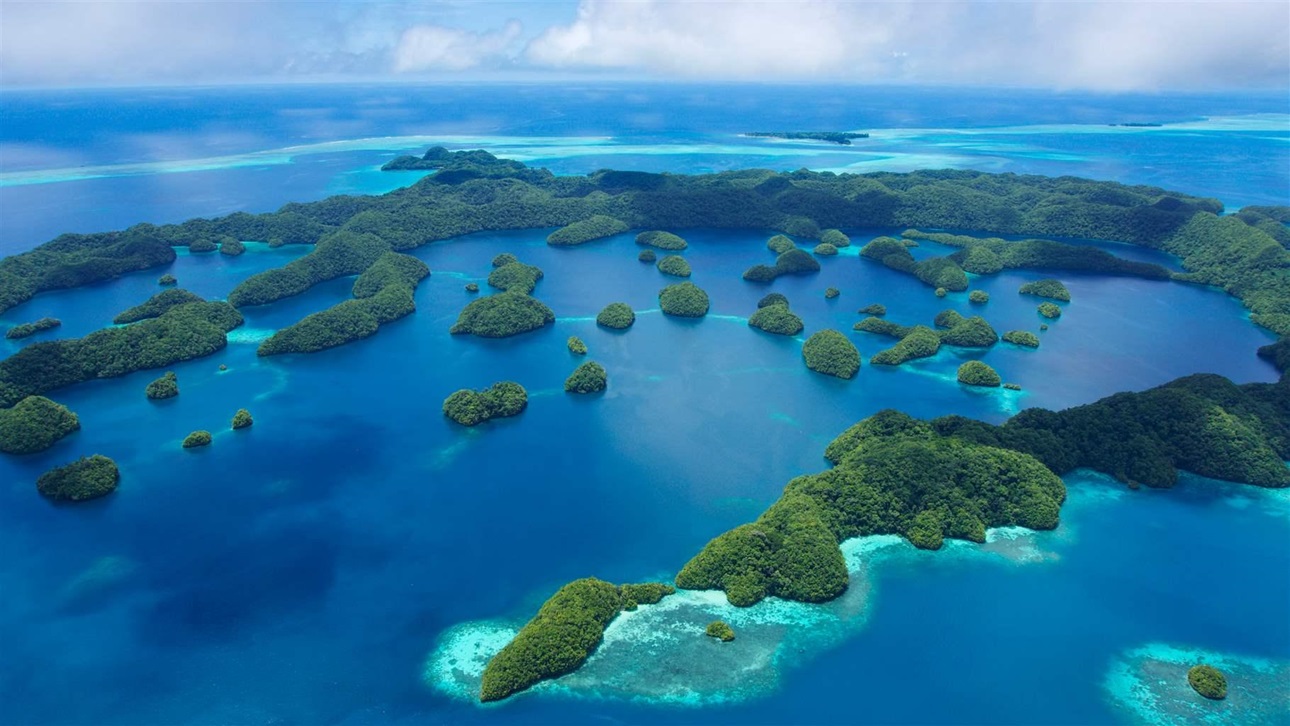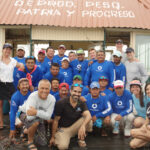
How Shark Sanctuaries Sparked a Conservation Movement
- Angela Warrior
Many sharks are threatened with extinction, and the paths to recovery remain extremely challenging for many species. The primary cause of the decline in shark populations is overexploitation – in both targeted fisheries and incidental catches. The slow life history characteristics of sharks means that their recovery is slow, even with strong conservation strategies in place. Multifaceted rules, such as size restrictions and quotas aim to protect sharks for long-term sustainable use, however compliance can be challenging.
Some coastal states have opted to implement “Shark Sanctuaries” which prohibit the fishing of sharks and exportation of shark products across large areas, which typically encompasses their entire “Exclusive Economic Zone”(EEZ). Since 2009, 17 shark sanctuaries have been designated around the world, and more are being proposed.
Shark sanctuaries have been criticized as a conservation strategy. But why is that? Are they really the answer to rebuilding dwindling shark populations? How are they contributing to shark conservation? Let’s take a closer look at these shelters for sharks.

Palau: The First Shark Sanctuary in the World
In 2009, Palau established the world’s first national shark sanctuary in response to the shameful and destructive practices of “shark finning” by foreign fleets within Palau’s waters. This tiny island nation made history by designating the entire EEZ, encompassing 600,000 square kilometers of ocean, an area about the size of France, as a sanctuary for sharks. Within the sanctuary shark fishing is illegal and punishable by law, however small, local artisanal vessels may fish sharks in small numbers. The shark sanctuary currently protects over 135 Pacific shark species, some of which are listed as Vulnerable and Endangered on the IUCN Red List. Unfortunately due to the enormous scale of the sanctuary, surveillance of the entire area has not been successful. Palau has very few vessels and only small surveillance teams patrolling the area, therefore inspections and enforcement of illegal fishing is limited.

The Bahamas: Home to the Atlantic’s First Shark Sanctuary
The Bahamas created the first shark sanctuary in the Atlantic Ocean in July 2011. The sanctuary covers 630,000 square kilometers of ocean and protects more than 40 different species of shark. The Bahamas has never had a commercial shark fishery in their waters, and had banned longline fishing in the 1990s, which all contributed to a relatively healthy population. The sharks greatly benefited from these protected measures, as did the community; shark tourism at that time was contributing significantly to the Bahamian economy (around USD $78 million). Consequently the Bahamians recognized the link between healthy surrounding waters and their long-term prosperity. Following the successful campaign for an explicit law protecting sharks, on July 5th, 2011, the Shark Fishing Amendment was passed, granting unprecedented protections for sharks in the Bahamas. Shark tourism now generates around USD $113.8 million annually for the country, thanks to this shark safe haven.
French Polynesia: The Largest Shark Sanctuary in the World
French Polynesia has quietly served as the home to the largest shark sanctuary in the world since 2012. Spanning a whopping 4,771,088 square kilometers, this sanctuary protects around 21 species of sharks, including several species that have been assessed by the IUCN Red List as being Threatened or Near Threatened with extinction. One problem for this huge sanctuary is the enforcement of sanctuary laws. It is simply an enormous task to watch every corner of these waters, therefore patrolling this sanctuary has proved particularly challenging and many people are concerned that sharks are not being sufficiently protected from poachers.
In 2009, Palau designated its national waters as the world’s first shark sanctuary. Today, a total of 17 sanctuaries have been created around the world protecting approximately 3% of the world’s ocean from shark fishing. However these regions only historically account for <1% of the global shark catch (7,515 tonnes in Shark Sanctuaries vs. 1,445,000 tonnes globally), therefore although these sanctuaries are protecting sharks in those countries, more needs to be done to protect them in top shark fishing counties such as Argentina, Taiwan, Thailand, Brazil, France and Mexico.

A New Shark Sanctuary in Mexico?
The good news is that Saving Our Sharks Foundation is working towards the establishment of a shark sanctuary along the Mexican Caribbean whereby many critically endangered sharks will be protected from fishing, and will in fact be utilized as a non-extractive resource for tourist activities such as shark diving and snorkeling.
Learn more about our work and find out ways you can support our mission to transform local communities’ lives by saving sharks.
Share This Post
Share This Post
Related Posts
Apoya a los Maestros del Mar a crear un futuro donde pescadores se convierten en protectores de los tiburones.






